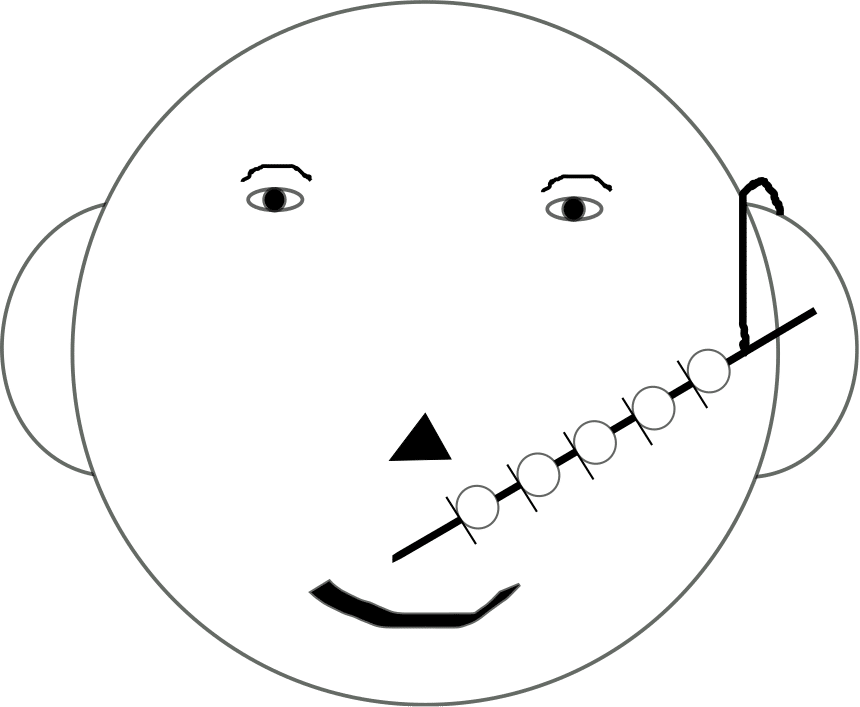Microphone array beamforming is increasingly being used for hearing aids to reduce some inherent problems of single microphone output being amplified for the users consumption. Typical problems that arise with the use of a single microphone are amplification of noise, amplification of reverberant signal paths and feedback induced frequency response distortions. The solution to these problems to improve the output signal to noise ration (SNR). Beamforming techniques are well researched approaches to improving the SNR of output signals.
Consider an acoustic signal impinging a microphone array as shown in Figure 1 below with generalized microphones.
Figure 1: Hearing aid device with N linear microphone array
and suppose the signal at the microphone , can be denoted as:
where both the nonlinear attenuation and delay have been subsumed without any loss of generality in ,the source signal, and
is the noise.
are the prediction coefficients.
is a zero mean ergodic process. The Z transform of the relation becomes
A typical delay and sum beamformer will yield and output of
Delay and sum beamformer gives an N fold improvement without reverberation, thus for a 2 microphone system, a improvement is realized. Other more sophisticated approaches can be applied to get higher gains for two microphones, such as MVDR and endfire differential beamformer. The endfire beamformer is more attractive due to the lower number of computations for RTOSs.
VOCAL Technologies offers custom designed solutions for beamforming with a robust voice activity detector, acoustic echo cancellation and noise suppression. Our custom implementations of such systems are meant to deliver optimum performance for your specific beamforming task. Contact us today to discuss your solution!
